Cultural Differences Mapped
Cultural differences shape the way people live, celebrate, communicate, and even eat. They reflect distinct traditions, values, behaviors, languages, and customs passed down through generations. These differences not only add richness to human societies but also highlight the fascinating contrasts between nations.
The maps below vividly illustrate how countries around the world differ in their everyday cultural practices. From what we eat with to how we greet each other, these visualizations are a passport to a more nuanced understanding of global diversity.
Table of Contents
- New Year’s Day Worldwide
- When is the Weekend?
- How Cultures Eat
- Ring finger preference
- Do most Married Women Around the World Carry their own last name?
- Kissing Etiquette
- The tradition of removing shoes in the home
- Personal hygiene
- Sun Tanning vs. Skin Whitening
- Is the ground floor considered the first floor, or is the first floor the one above the ground floor?
- Which Way Do European Windows Open?
New Year’s Day Worldwide
On January 1st, about 90% of the global population celebrates New Year’s Day with a public holiday. A shared celebration — but not a universal one.
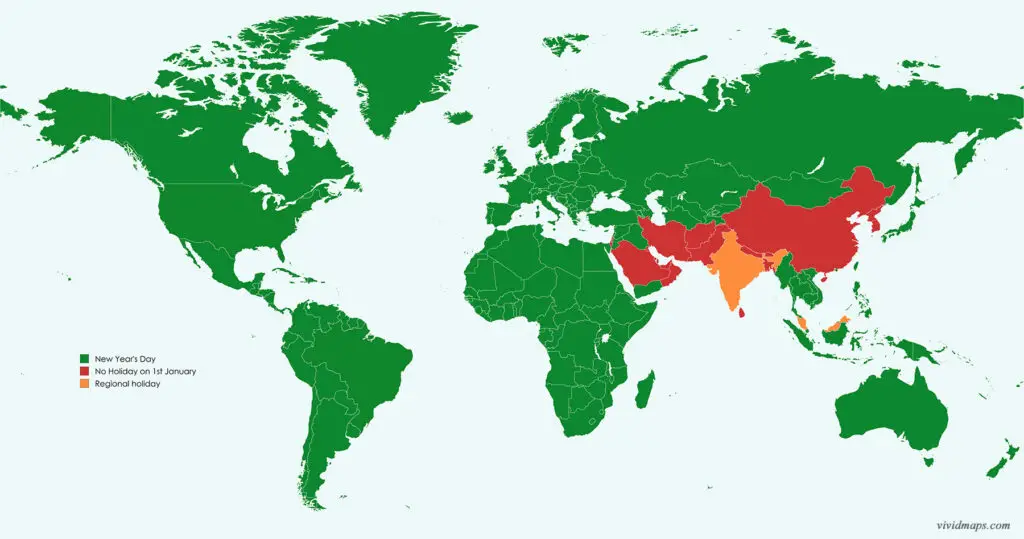
When is the Weekend?
Weekend days vary across cultures. In most Western countries, Saturday and Sunday are the norm.

In contrast, many Middle Eastern nations observe the weekend on Friday and Saturday, with Friday being the holy day for Muslims. In Iran, the weekend is usually Thursday and Friday.
Malaysia offers a unique compromise — Friday–Saturday for Muslims and Saturday–Sunday for non-Muslims.
How Cultures Eat
In Western countries, meals typically involve a knife, fork, and spoon. In much of East Asia, however, chopsticks are the norm — especially in China, Vietnam, and Korea. Thailand is a notable exception where the fork and spoon dominate.

Meanwhile, in South Asia, the Middle East, and parts of Africa, eating with hands is not only common — it’s a cultural practice rooted in cleanliness, tradition, and ritual.
Ring finger preference
In many Western and Asian countries, couples wear wedding rings on their left hand. But in several Northern and Eastern European nations like Germany, Russia, Greece, and Poland, the right hand is preferred.

In the Netherlands, tradition even varies by religion: Protestants wear the ring on the right hand, while Catholics wear it on the left.
Do most Married Women Around the World Carry their own last name?
Naming conventions in marriage differ around the world. In many Western countries, it’s common for women to take their husband’s surname, but this is evolving.

Today, some retain their birth names, hyphenate, or even create new shared surnames. Naming traditions are changing with the times — driven by personal choice over custom.
Kissing Etiquette
Cheek kissing is a standard greeting in many cultures, but the number of kisses varies wildly.
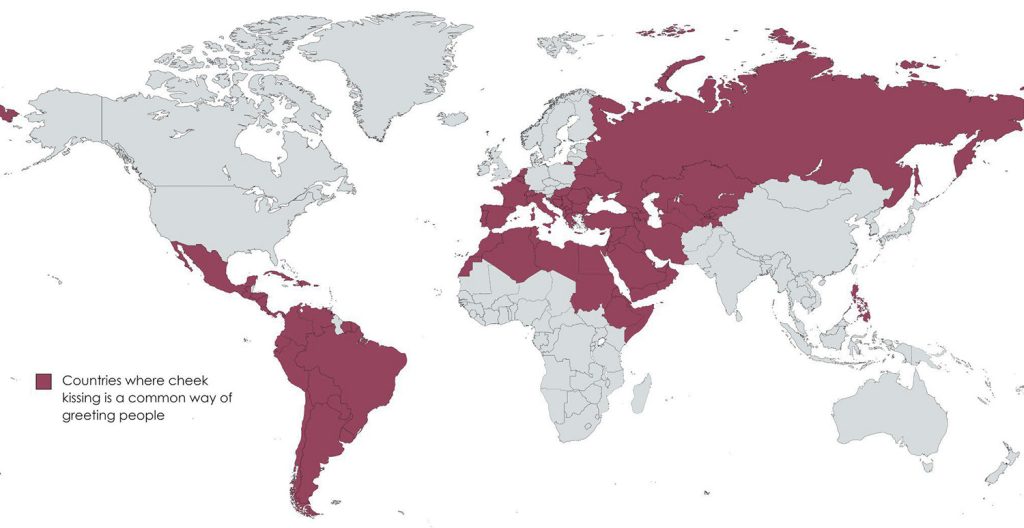
In Mexico and Colombia, one kiss is typical. Italy, Brazil, and Hungary often go for two. In Switzerland, the Netherlands, and parts of the Balkans, three kisses are the norm. And in France? It depends on the region!
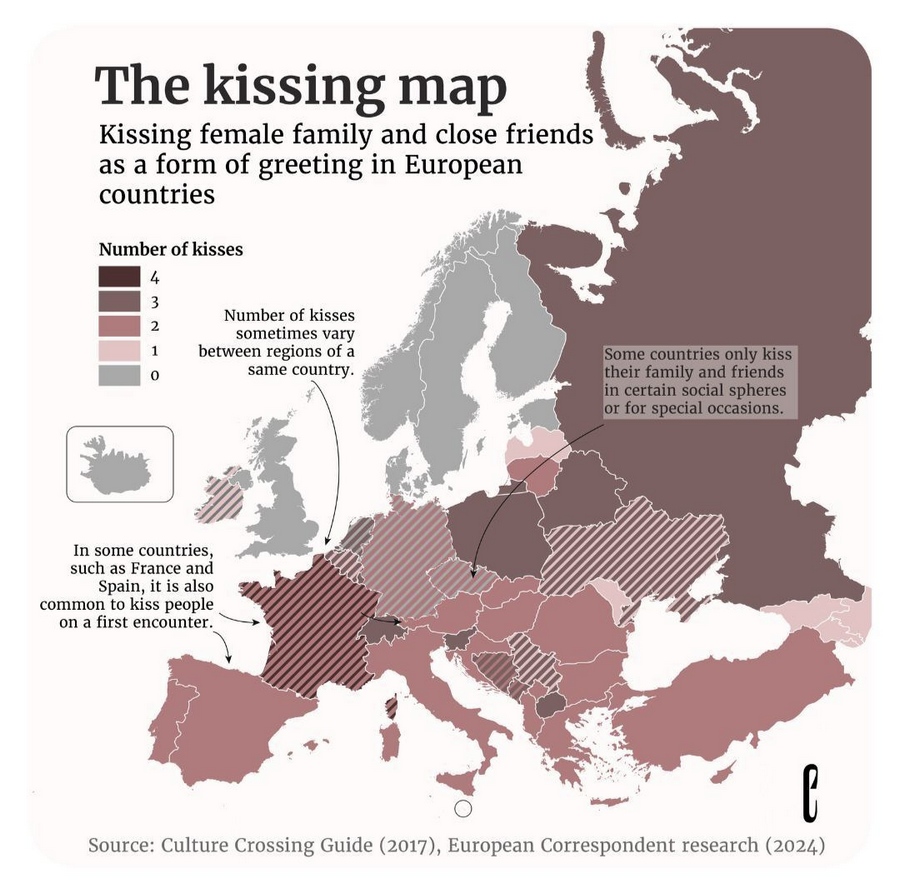
The tradition of removing shoes in the home
In colder countries, removing shoes indoors prevents snow, grit, and moisture from damaging wooden floors and keeps homes clean.

In Asian and Muslim cultures, the tradition is deeply connected to cleanliness, prayer, and respect for the living space, where the floor often doubles as a dining or prayer area.
Personal hygiene
Not everyone washes their hands after using the restroom — a surprisingly cultural detail. In parts of Western Europe, handwashing rates are relatively low, including in the Netherlands.

Meanwhile, countries like Turkey, Bosnia, and Portugal — all historically influenced by Muslim hygiene traditions — report higher rates of handwashing.
Sun Tanning vs. Skin Whitening
This map, based on Google Trends data, highlights global beauty ideals. In many Western countries, sun tanning is popular. In many Asian and African countries, skin whitening products dominate search trends.

Both searches peak in May and drop in November. But while sun tanning interest has stayed flat over 16 years, interest in skin whitening is growing.
Is the ground floor considered the first floor, or is the first floor the one above the ground floor?
What floor is “first”? That depends.

In the U.S. and other countries, the ground level is the first floor. But in the UK and many parts of Europe, it’s the ground floor, and the next level up is the first.
Which Way Do European Windows Open?
It’s something you never think about until you travel — but yes, even window direction is cultural!

In Sweden, Norway, the UK, and Ireland, windows commonly open outward — designed to handle wind, rain, and security. But in most of continental Europe, windows open inward — easier to clean, especially in apartment buildings. This quirky difference is a small but telling example of how regional norms shape our daily lives, right down to the window latch.





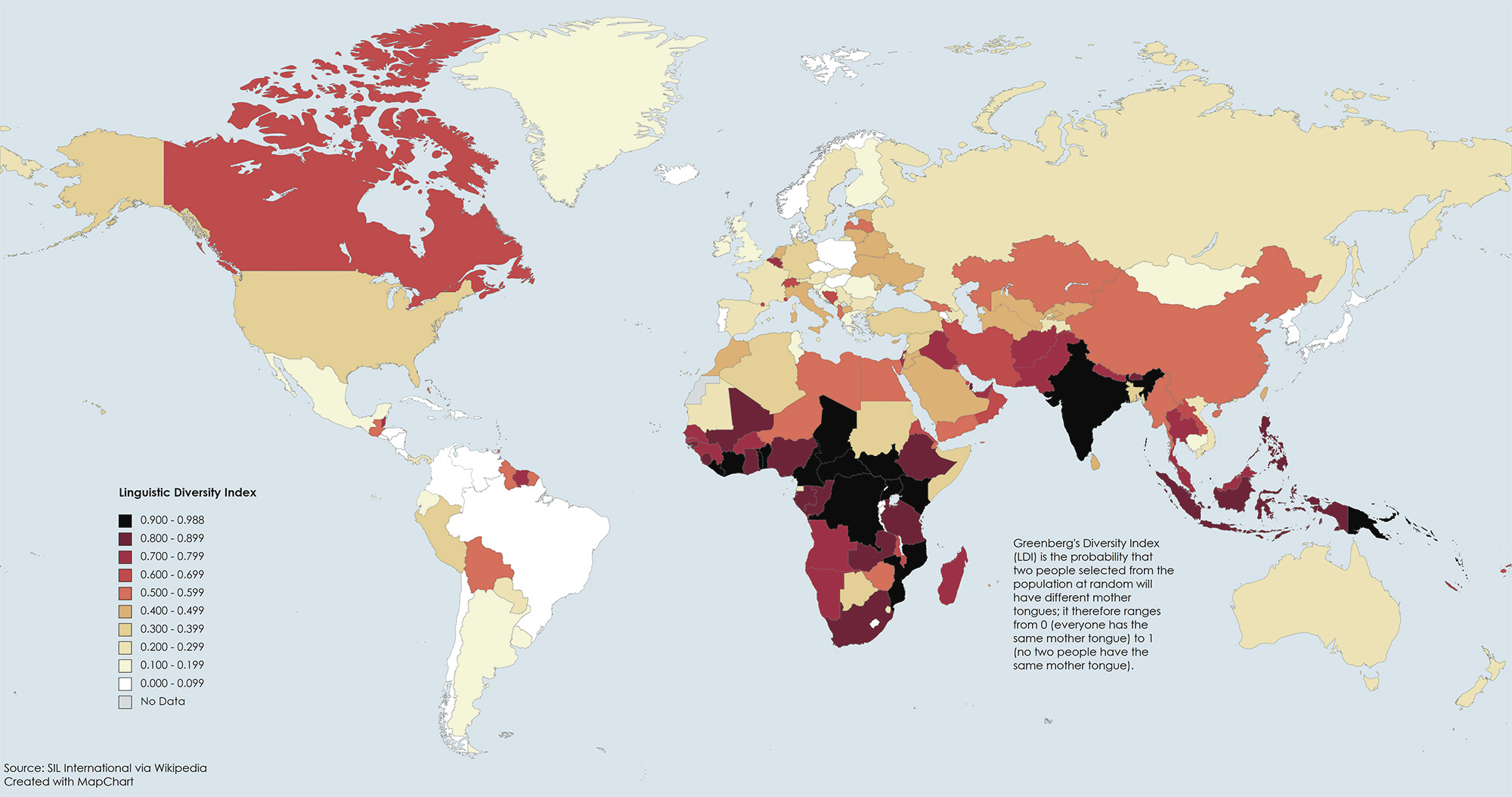

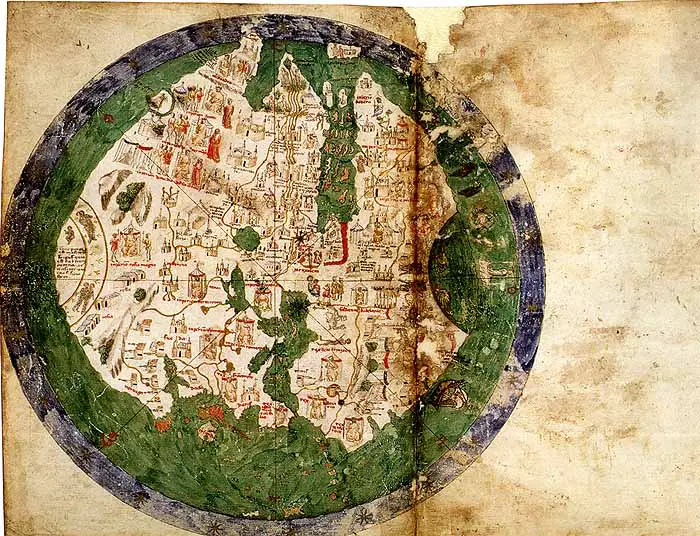

New Year’s Day Worldwide: Please check the colour of Israel. The 1st of January is not a public holiday there AFAIK.
Thanks Max! Ur the GOAT!
Thanks Max for the helpful information